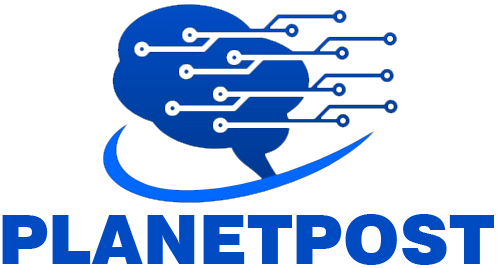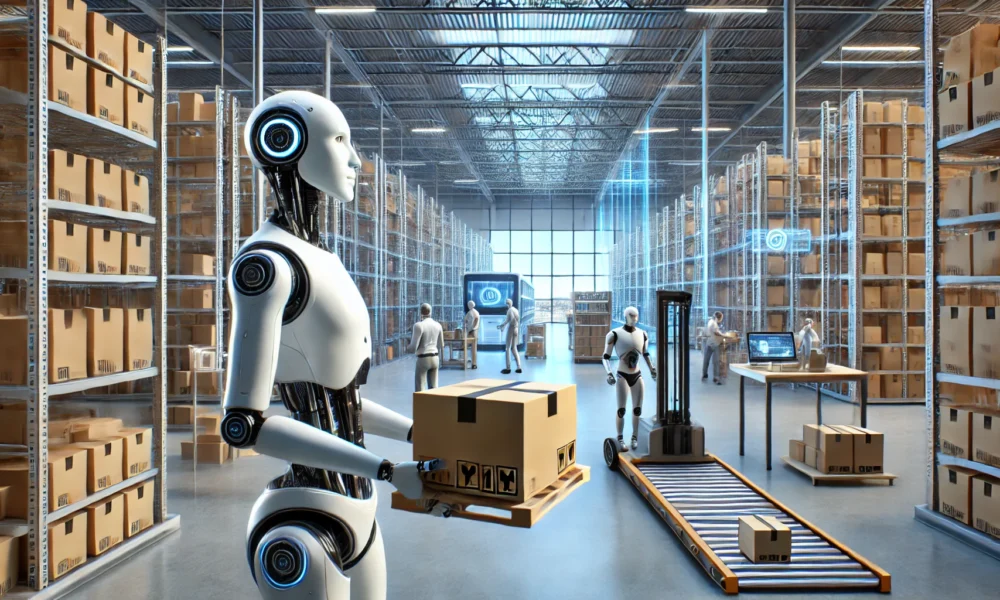In today’s fast-changing world, automation is reshaping industries incredibly, making robotics an essential part of the workforce. Agility Robotics is leading this exciting transformation with its advanced humanoid robots. Its flagship product, Digit, represents a groundbreaking leap forward in automated labor.
Automation has long been a hot topic, but recent advances have made it a reality in many sectors. Today’s robots go beyond performing repetitive factory tasks; they can mimic human movements and make decisions. Among these, Digit is an excellent example of the future of work with automated labor.
The Evolution of Agility Robotics
Founded in 2015, Agility Robotics has quickly emerged as a leader in the robotics world. Their mission is to develop robots that can work alongside humans in ever-changing environments. Creating their flagship robot, Digit represents their persistent efforts for innovation.
Digit’s story begins with Cassie, a bipedal robot initially developed for research and development. Cassie’s success set the stage for Digit. Since its debut, Digit has seen several upgrades, each iteration enhancing its capabilities. Some key milestones in Digit’s journey include successful logistics and material handling tests, collaborations with top tech companies, and real-world deployments highlighting its potential.
Robotics has come a long way, from industrial robots that handle repetitive tasks in controlled settings to advanced humanoid robots like Digit. These robots can navigate and perform tasks in complex and unpredictable environments. Agility Robotics’ progress reflects the trends in the robotics field, where the emphasis has shifted from raw mechanical power to intelligence, adaptability, and human-like interaction.
Transforming Automated Labor with Digit
According to modern engineering standards, Digit’s design is truly impressive. Standing a little over 5 feet tall and weighing around 140 pounds, Digit is perfectly built to operate in environments designed for people. Its bipedal movement, inspired by how humans walk, enables it to navigate stairs and obstacles easily. This is made possible through advanced sensors and efficient Artificial Intelligence (AI) algorithms.
One of Digit’s features is its ability to walk on two legs. This is due to high-tech actuators and sensors that help it balance and move across different surfaces, reaching places that wheeled robots cannot. Digit’s sensor arrays and LiDAR give it a clear view of its surroundings, allowing it to navigate precisely and detect objects accurately. With cameras, LiDAR, and Inertial Measurement Units (IMUs) all working together, Digit has a complete 360-degree awareness of its environment.
Digit can also autonomously move around complex spaces and handle objects with arms. Its AI processes data from its sensors in real-time, enabling it to make decisions and perform tasks efficiently. This means Digit can interact with its surroundings and do jobs that used to be reserved for humans.
What really makes Digit different from other humanoid robots is its mix of mobility, adaptability, and practical use. While many robots are great at one specific task, Digit is versatile enough to handle various activities, from logistics to healthcare. This flexibility shows its potential to adapt and excel in different settings, making it a valuable tool in various industries.
Real-World Applications
The true potential of Digit is best understood by examining its real-world applications. One notable case study is Digit’s deployment in Amazon’s warehouses, where it has been tested for tasks such as loading and unloading, transporting goods, and sorting packages. These tasks, which involve repetitive movements and heavy lifting, are ideally suited for a robot like Digit, which can work tirelessly without the risk of injury.
Digit has demonstrated its ability to efficiently move items from one location to another in logistics and material handling, reducing the need for human labor in physically demanding roles. This increases productivity and minimizes workplace injuries associated with manual handling. Digit’s ability to work in tight spaces and its precision in handling objects makes it an invaluable asset in warehouse environments.
Beyond logistics, Digit’s applications span various industries. In warehousing and logistics, Digit streamlines operations by handling goods and optimizing storage. It can navigate through warehouses, identify items, and transport them to designated locations, ensuring efficient inventory management.
Digit performs repetitive and precise tasks in manufacturing, increasing efficiency and reducing errors. It can assist in assembling products, handling parts, and even performing quality control checks.
Performance metrics from these deployments have been promising. Digit’s ability to adapt to different environments and tasks makes it a versatile tool in modern industry. Real-world feedback highlights Digit’s reliability, robustness, and ability to integrate into existing workflows.
Impact on Labor and Employment
The introduction of robots like Digit into the workforce brings numerous benefits. By taking on dangerous, repetitive, or physically demanding tasks, Digit can significantly increase efficiency and productivity. This allows human workers to focus on more complex and creative tasks, potentially leading to higher job satisfaction and innovation.
However, the rise of automation also raises concerns about job displacement. The fear that robots will replace human jobs is a valid concern which requires a balanced approach. It is essential to view robots as collaborators rather than replacements. Human-robot collaboration can create new roles that did not exist before, such as robot maintenance, programming, and supervision.
Skills and training programs that prepare the workforce for a future where working alongside robots seems normal are needed to facilitate this transition. Training in robotics, AI, and related fields can empower workers to succeed in this evolving domain. Educational institutions and companies must collaborate to develop curricula and training programs that equip workers with the necessary skills.
Ethical Considerations
Ethical and social considerations are critical as robots become more integrated into society. Ensuring ethical use, respecting privacy and security, and promoting social acceptance are vital for successfully deploying robots like Digit.
Ongoing discussions about autonomy, decision-making, and potential misuse are essential to address emerging challenges and ensure that robots benefit society. Therefore, establishing guidelines and regulations is necessary to ensure responsible use. As robots become more embedded in daily life, data privacy and security concerns will grow, making it critical to protect sensitive information and prevent unauthorized access. Public perception will significantly impact the widespread adoption of robots. Hence, educating the public and addressing misconceptions can help build trust and acceptance.
The Bottom Line
Agility Robotics, and in particular the Digit robot, signify a transformative shift in automated labor. Digit’s versatility and capabilities promise to revolutionize various industries, enhancing efficiency and reducing workplace hazards. While concerns about job displacement are valid, the key lies in establishing human-robot collaboration and equipping the workforce with the necessary skills.
By addressing ethical considerations and promoting social acceptance, we can ensure that robots like Digit contribute positively to society. This paves the way for a future where humans and robots work together to achieve common goals.



